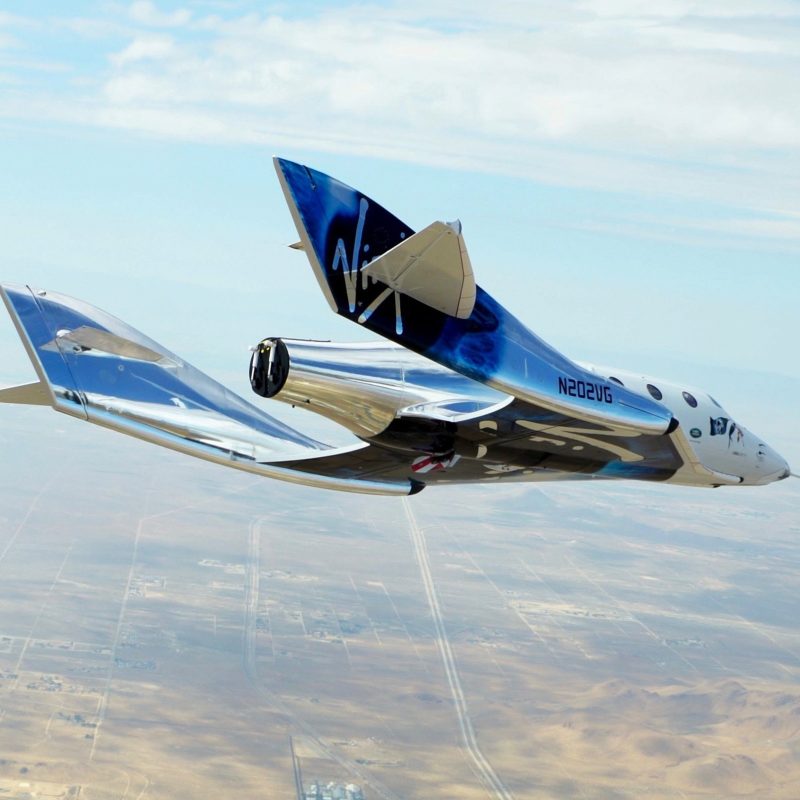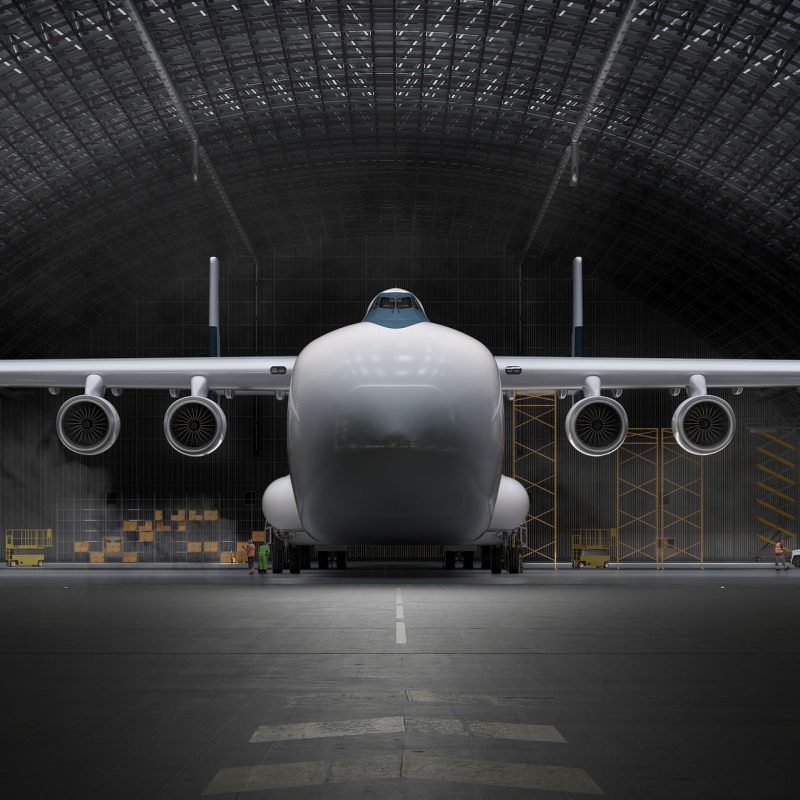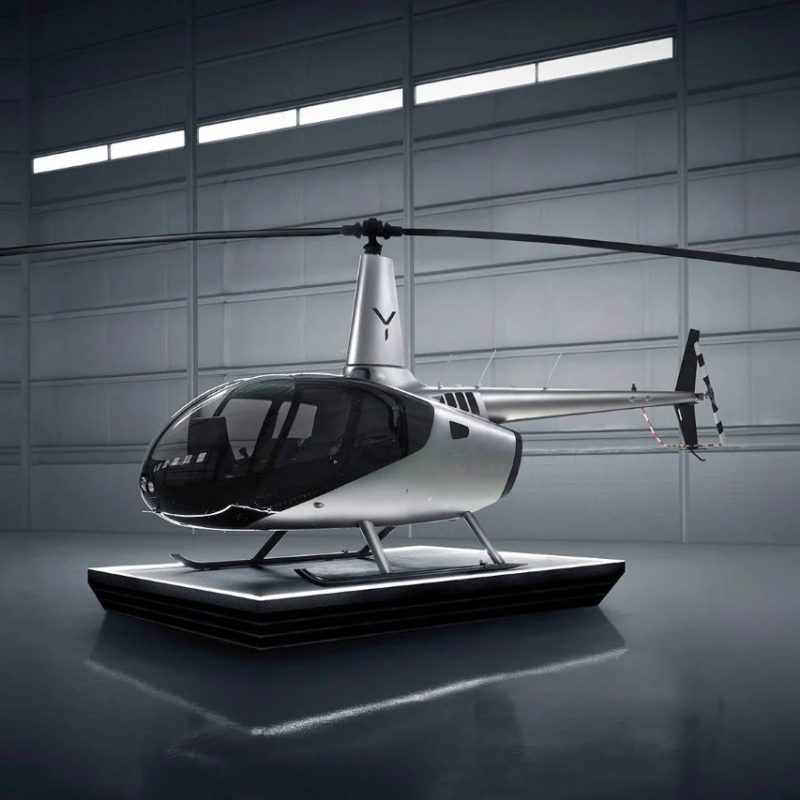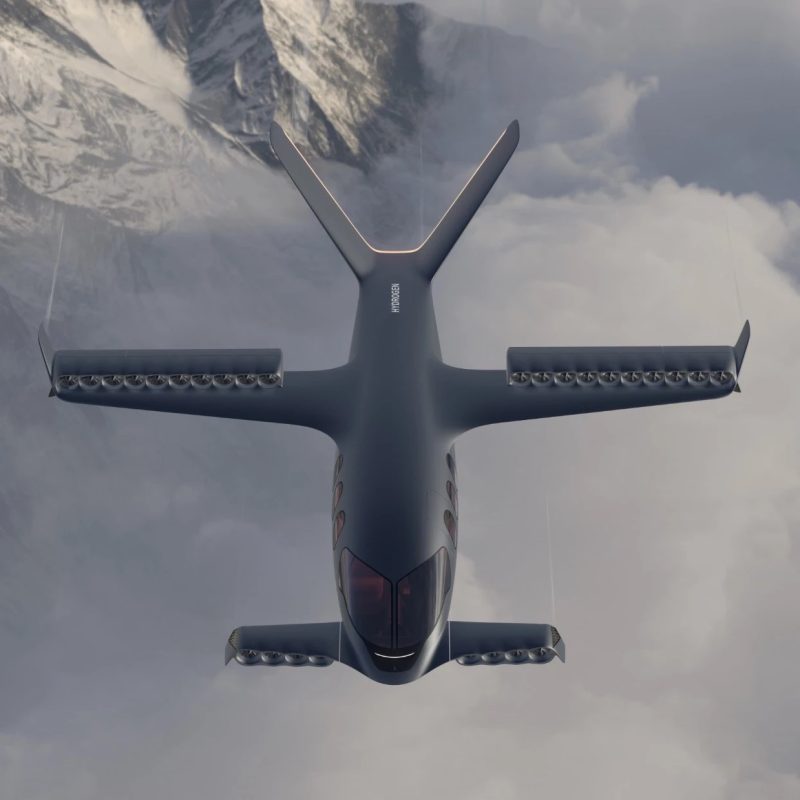This Flying Wing Concept By KLM Could Become the Future of Commercial Aviation
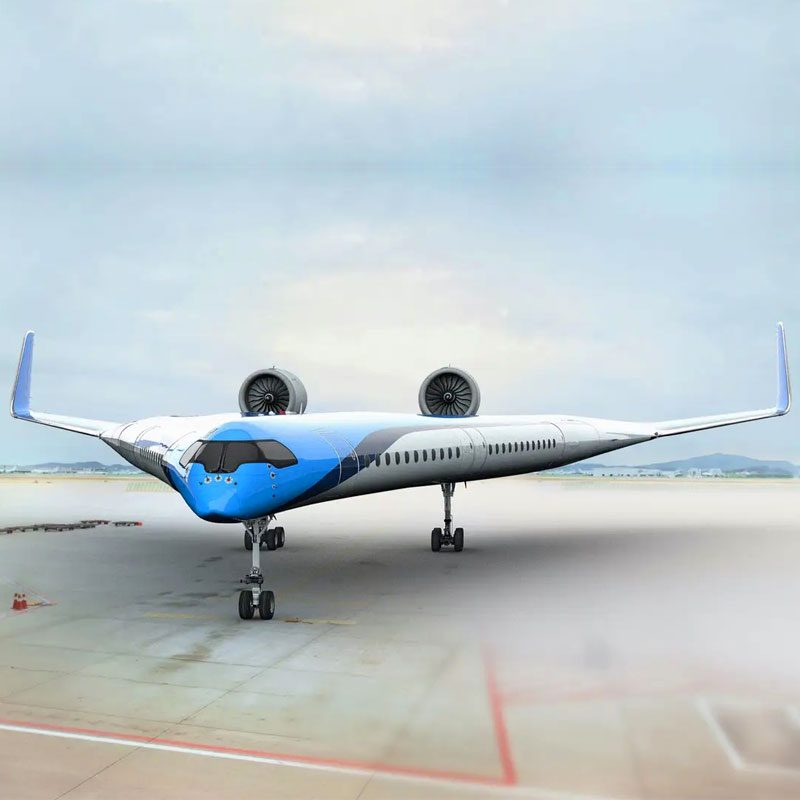
The question above has haunted aviation designers for the last decade after NASA unveiled its concept for a flying wing commercial aircraft. Since then several aviation companies and airlines have invested in designing their very own flying wing concept to replace today’s cigar shaped airliners.
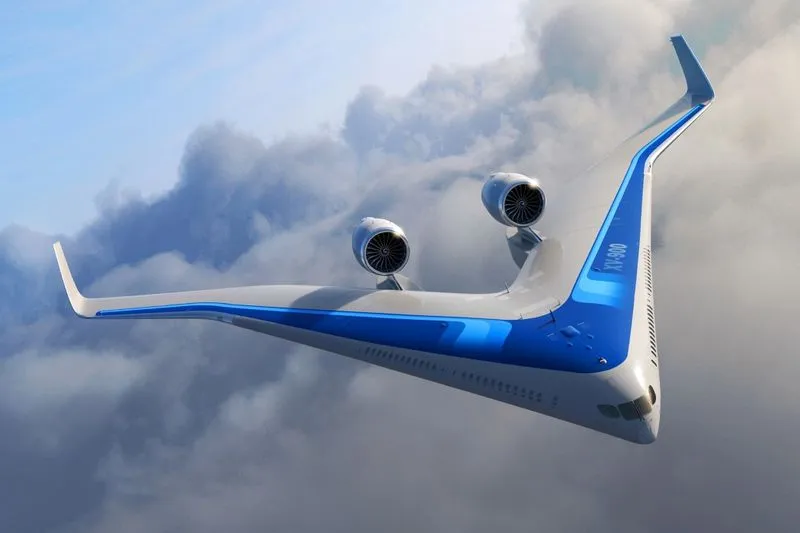
Whether we will see flying wing commercial aircrafts at airports near us is still up for debate. However, Netherlands based Delft Technical University is moving forward with testing for their flying wing concept with a scale model that recently took to the air in Germany. The project is part of a collaboration with KLM Airlines and Airbus Industries, the European Aviation Consortium.
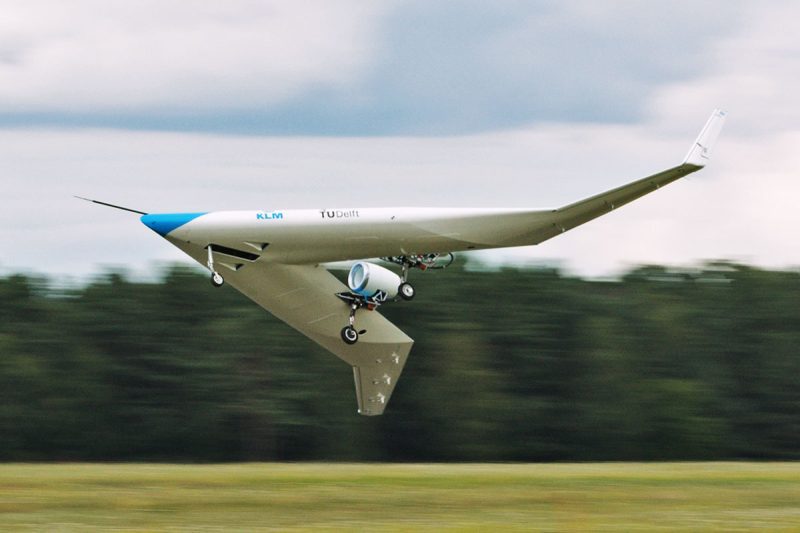
The Flying Wing concept for commercial airlines holds many promising advantages over current commercial aircraft designs. The Flying wing will is more fuel-efficient, able to fly longer ranges and carry more passengers and cargo. Because of its wing shape, everything from fuel tanks, to passenger seating, to cargo spaces will be within the enormous wing cavity and blended fuselage. Research so far has shown that blended wing design gains up to 20% better fuel efficiency than conventional airplanes.
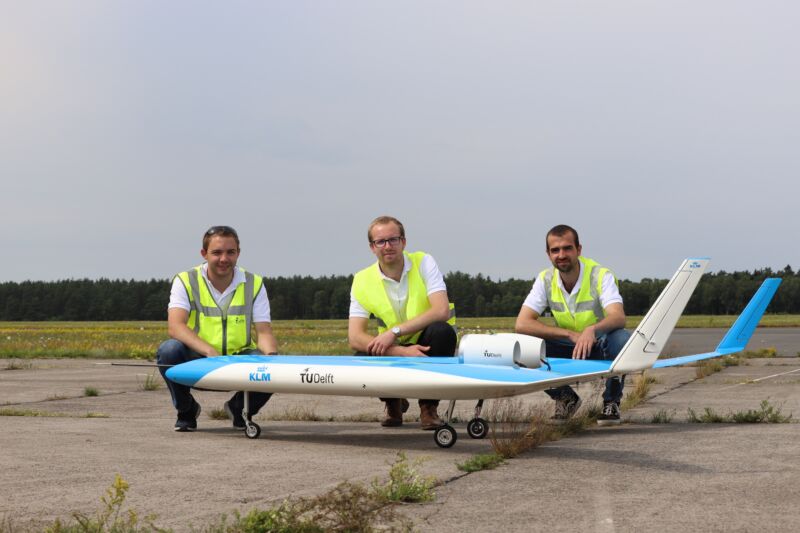
If the concept becomes a full-fledged aircraft, it will be able to seat up to 314 passengers in economy and first class. First class passengers can expect far greater space and luxury compared to first class flying on current aircrafts. Economy class will also have increased leg room and several rows of seating with window seating along the edge of the wing. However, in some designs windows are eliminated entirely from the design to increase aerodynamic efficiency.
KLM built a full-scale mockup of the interior of the flying wing for further research and to commemorate its 100-year anniversary on October 7th.

